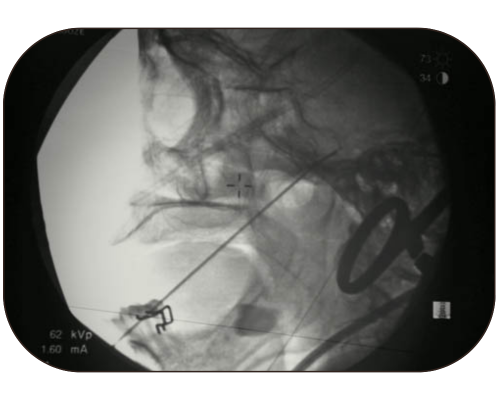
Welcome to Dr. Murali’s Pain Centre, where we specialize in delivering relief and improving the quality of life for individuals suffering from chronic pain. With a commitment to compassionate care and cutting-edge treatments, our dedicated team led by Dr. Murali is here to empower you on your journey towards a pain-free and fulfilling life.

What Is Trigeminal Radiofrequency Ablation?
Trigeminal radiofrequency ablation, or trigeminal rhizotomy, is a medical procedure used to treat chronic facial pain, specifically in cases related to the trigeminal nerve. The trigeminal nerve is responsible for transmitting sensory information from the face to the brain, and issues with this nerve can lead to severe pain conditions, such as trigeminal neuralgia.
Trigeminal radiofrequency ablation is used primarily for trigeminal neuralgia, a condition characterized by intense, sudden-onset facial pain. This pain can be triggered by routine activities like eating, speaking, or even light touch to the face. The procedure aims to alleviate this severe facial pain and improve the patient’s quality of life.
Indications
electric shock sensation that may last from a few seconds to a few minutes. It generally affects one side of the face and may be felt in the cheek, gums, teeth, lips, jaw and sometimes near the eye or forehead. The pain is usually episodic with attacks that become more frequent over time. Often, the cause of trigeminal neuralgia remains unknown but may be caused by abnormal contact between the nerve and a blood vessel or artery or tumour compressing the nerve.
Contraindications
Injections are generally avoided in patients who have a systemic illness or skin infection over the puncture site, bleeding problems or coagulopathy, or an allergy to local anaesthetics or any of the drugs that will be administered.
Complications
Common
post-procedural discomfort, bleeding, neuropathic pain
Rare
Diminished corneal reflex, masseter weakness, paralysis, dysesthesia
Post Procedure
After undergoing Trigeminal RF Ablation patients enter a post-procedure phase characterized by a period of recovery and potential symptom relief. Generally, the post-treatment experience is well-tolerated, with patients able to resume their normal activities shortly after the procedure.
